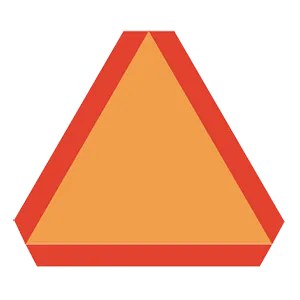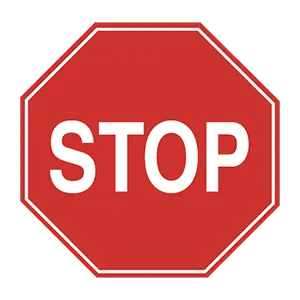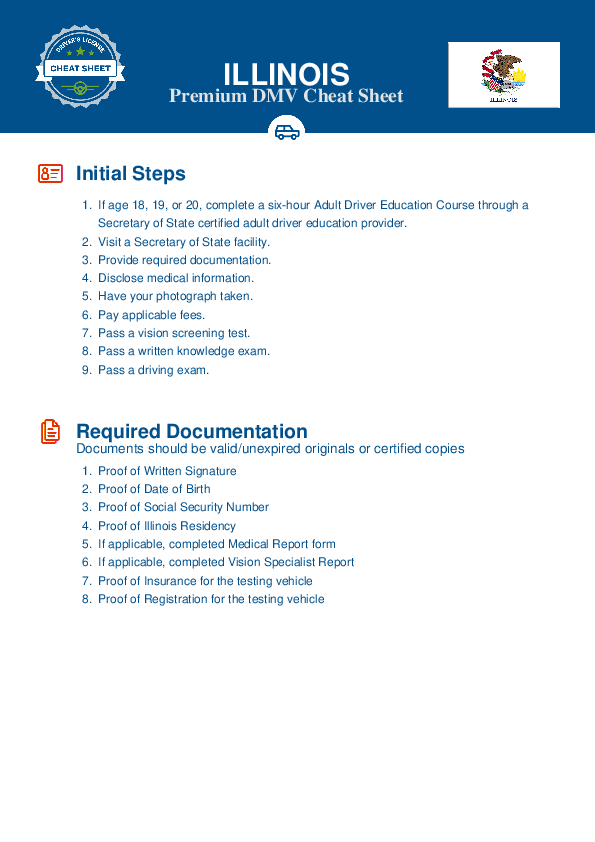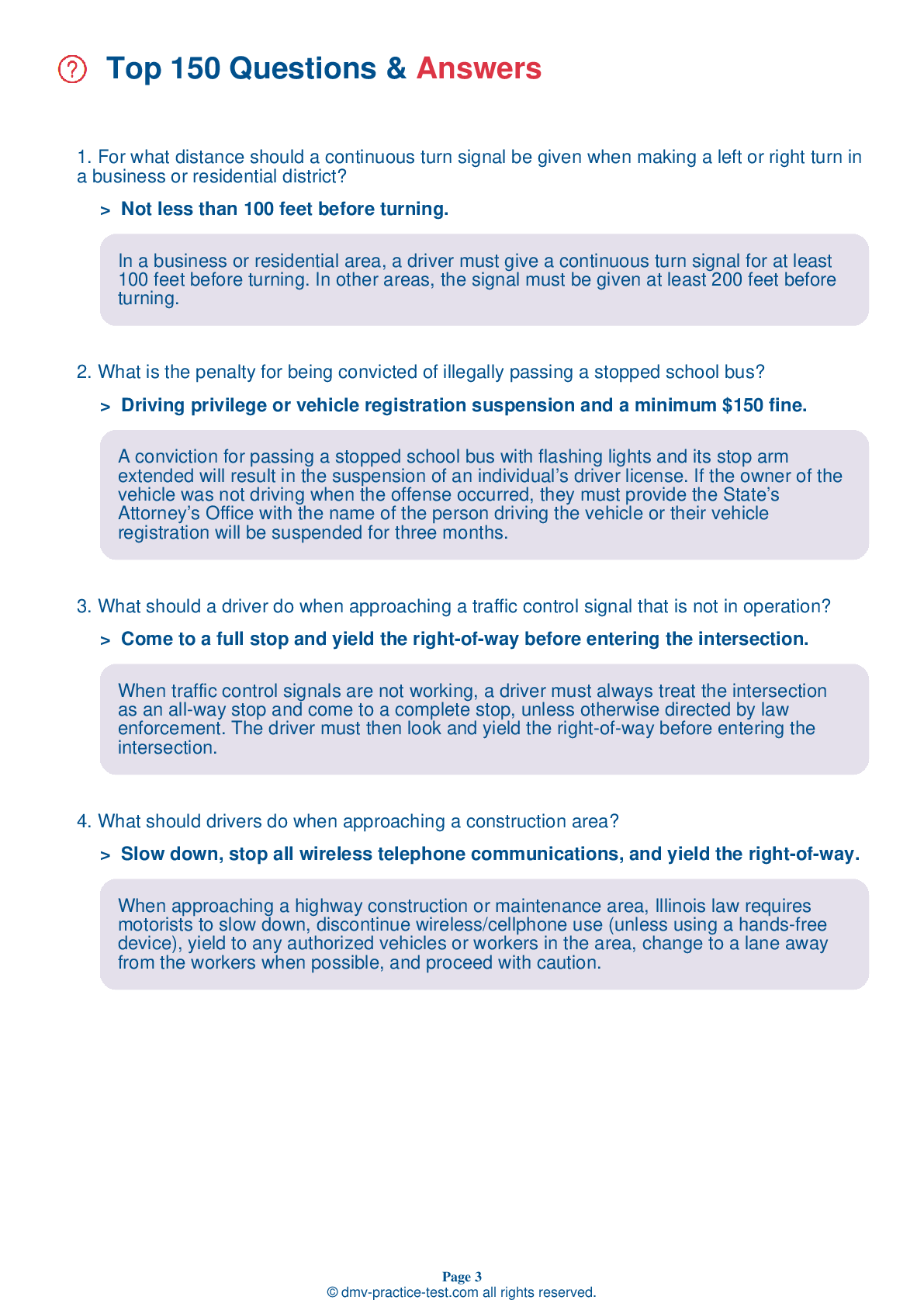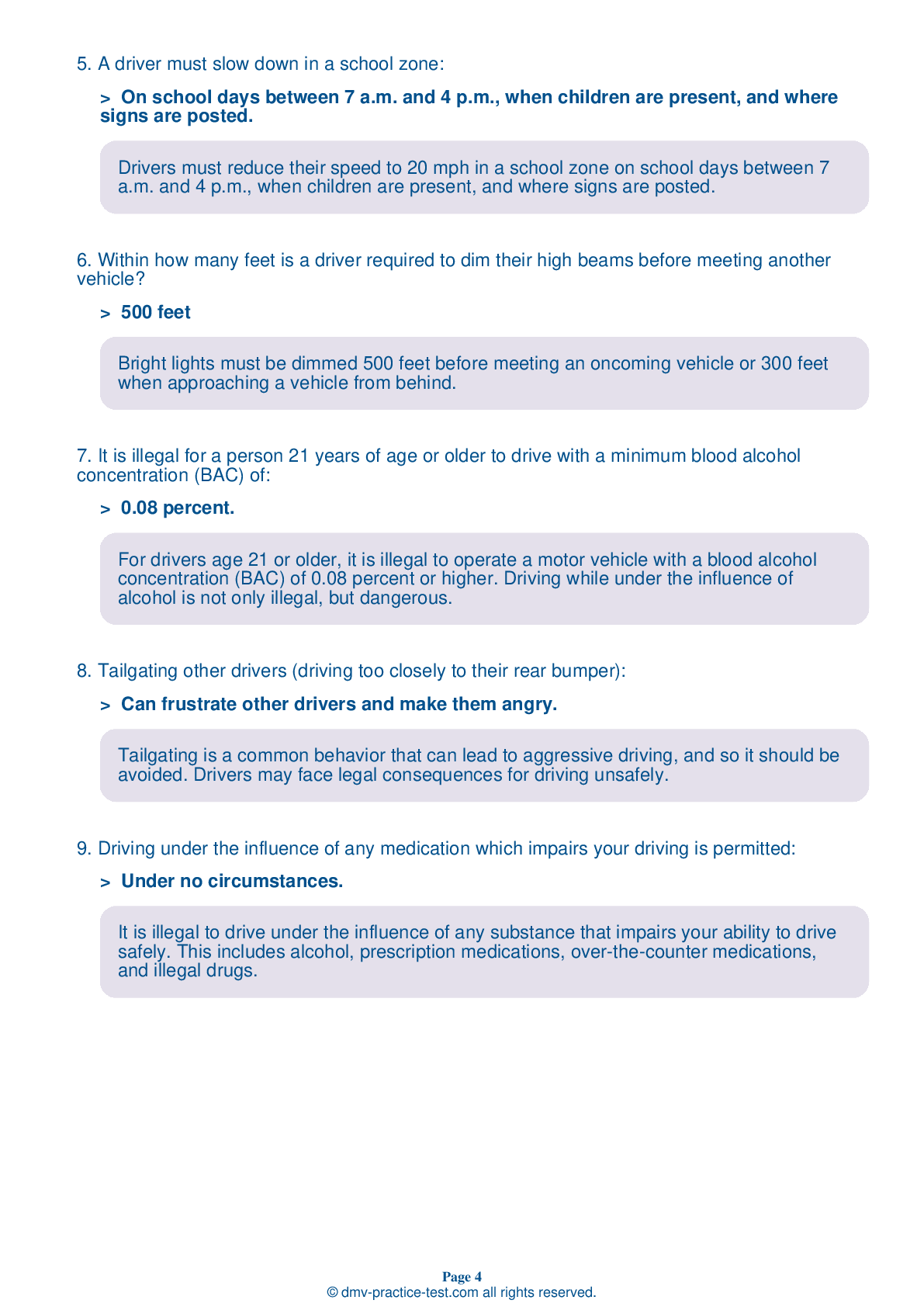FREE Illinois DMV Practice Test #12
For January 2025, this set of Illinois DMV practise tests has been updated. It includes questions based on the most important traffic signs and rules for 2025 from the Illinois Driver Handbook. To study for the DMV driving permit test and driver's licence exam, use actual questions that are very similar (often identical!) to the DMV driving permit test and driver's licence exam.
Each question on the practise exam has a tip and explanation to help you recall the ideas. Questions about traffic rules, traffic signs, and driving statutes, as well as information from the Driver Handbook, will be included in the written portion of the official DMV test.
You must properly answer 38 of the 35 questions to receive a passing mark. To help you prepare for your Illinois instruction permit or driver's licence, take our DMV practise test.
The DMV exam is offered in a variety of languages.
Using any form of testing help will result in an automatic fail, and the DMV may take further action against your driver's licence, so avoid it.
1 . This road sign means:
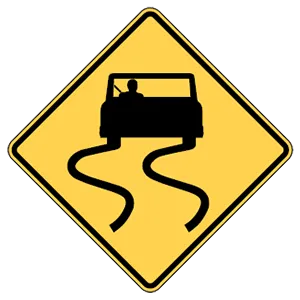
Warning signs provide notice to road users of a situation that might not be readily apparent and are usually yellow with black markings. This sign warns drivers to be careful when driving under wet conditions as the pavement will become slippery and more difficult to navigate safely.
2 . When a train is approaching, all vehicles are required to stop within how many feet of the nearest rail of a railroad crossing?
At a railroad crossing, you must stop within 15 to 50 feet if there is a posted stop sign, the electric signal is flashing, the crossing gate is lowered, a flagger issues a signal to stop, or a train is approaching and/or gives a warning.
3 . This road sign means:
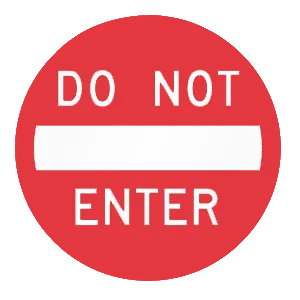
This sign marks a one-way road, entrance, or exit. If you are facing this sign, traffic is coming toward you. Turn around if you are driving toward this sign.
4 . This sign means you are approaching a railroad crossing that does not have a signal. You should:
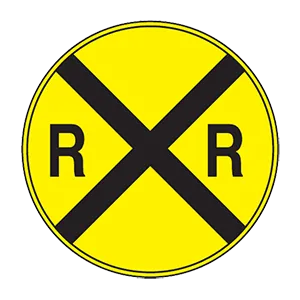
At a railroad crossing marked with this sign, a driver should look both ways, listen for any trains, and be prepared to stop if any trains are nearby. Never try to outdrive an oncoming train.
5 . When you see this black and yellow sign, it means:
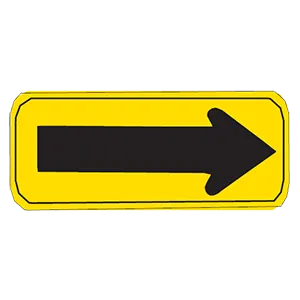
Warning signs are usually yellow with black markings. They alert you to conditions that are immediately ahead. This sign tells drivers to slow down and prepare for an abrupt change in direction at an extreme angle.
7 . If the rear of your vehicle is skidding to the left, you should:
If you begin to skid on a wet or icy road, take your foot off the accelerator, stay off the brakes, and turn your steering wheel in the direction of the skid. However, if you have anti-lock brakes, you should apply your brakes firmly and steer straight ahead.
8 . This symbol is used for:
